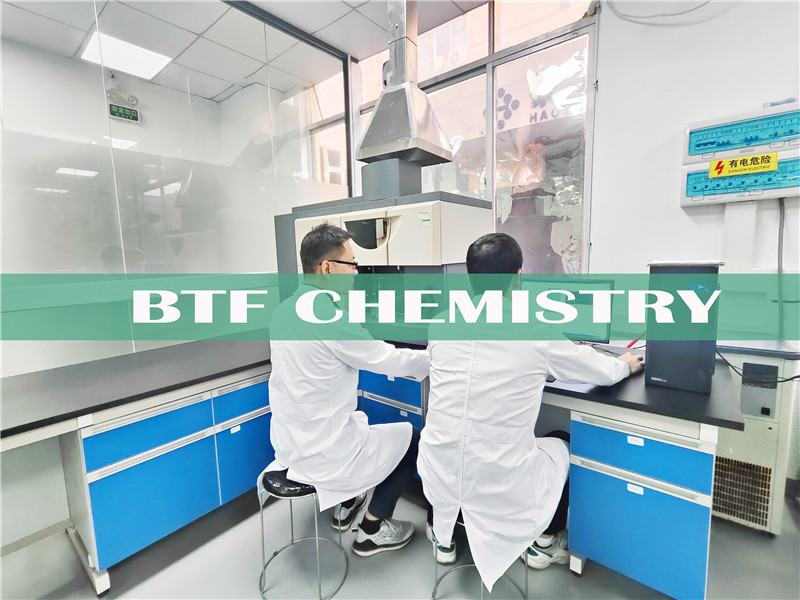On October 13, 2023, the American Society for Testing and Materials (ASTM) released the toy safety standard ASTM F963-23. The new standard mainly revised the accessibility of sound toys, batteries, physical properties and technical requirements of expansion materials and catapult toys, clarified and adjusted the control requirements of phthalates, exempted toy substrate metals, and added requirements for traceability labels and instructions to maintain consistency with federal regulations and the policies of the Consumer Product Safety Commission (CPSC) in the United States.
1. Definition or terminology
Added definitions for "common household tool" and "removable component", and removed definitions for "tool". Added a brief discussion on "close to the ear toy" and "hand held toy" to make the definitions clearer. Revised the definition of "tabletop, floor, or crib toy" and added discussion to further clarify the scope of this type of toy.
2. Safety requirements for metal elements in toy substrates
Added Note 4, which specifies the accessibility of certain specific materials; Added separate clauses describing exemption materials and exemption situations to make them clearer.
This section of the standard has undergone significant adjustments and restructuring, fully incorporating CPSC's previous decision to exempt third-party testing and certification requirements for toy materials, ensuring consistency with the relevant exemptions under CPSIA regulations.
3. Microbial standards for water used in the production and filling of toys
For toy cosmetics, liquids, pastes, gel, powders and poultry feather products, in terms of microbial cleanliness requirements, it is allowed to use the latest version of USP method instead of only using USP 35,<1231>.
4. Types and Scope of Application of Phthalate Esters
For phthalates, the scope of application has been expanded from pacifiers, vocal toys, and gummies to any children's toy, and the controlled substances have been expanded from DEHP to the 8 phthalates mentioned in 16 CFR 1307 (DEHP, DBP, BBP, DINP, DIBP, DPENP, DHEXP, DCHP). The testing method has been modified from ASTM D3421 to CPSIA specified testing method CPSC-CH-C001-09.4 (or its latest version), with consistent limits. At the same time, the exemptions for phthalates determined by CPSC in 16 CFR 1252, 16 CFR 1253, and 16 CFR 1308 were also introduced and adopted.
5. Requirements for Sound Toys
Toys specifically designed for children under 14 years old must meet sound requirements before and after normal use and abuse testing, expanding the scope of sound toy requirements. After redefining push-pull toys, tabletop toys, floor toys, or crib toys, separate requirements will be listed for each type of noisy toy.
6. Battery
Improved the accessibility requirements for batteries, and abuse testing is also required for toys aged 8 to 14; The fasteners on the battery module must not come off after abuse testing and must be fixed to the toy or battery module; The specific tools provided with the toy for opening specific fasteners of battery components (such as plum blossom, hexagonal wrench) should be explained in the instruction manual.
7. Other updates
Expanded the scope of application of expansion materials, also applicable to some specific non small component expansion materials; In the labeling requirements, a traceability label required by the federal government has been added; For toys provided by manufacturers with special tools for opening battery components, instructions or materials should remind consumers to keep this tool for future use. It should be noted that this tool should be stored out of reach of children and should not be a toy. The specifications for floor materials in the Drop test are replaced by ASTM F1066 for Federal Specification SS-T-312B; For the impact testing of catapult toys, a testing condition has been added to verify the design limitations of the bow string that can be stretched or bent in a clearer way.
At present, 16 CFR 1250 still uses ASTM F963-17 version as a mandatory toy safety standard, and ASTM F963-23 is expected to be adopted as a mandatory standard for toy products as early as April 2024. According to the Consumer Product Safety Improvement Act (CPSIA) of the United States, once the revised standard ASTM is published and officially notified to CPSC for revision, CPSC will have 90 days to decide whether to oppose any revision by the agency that does not improve toy safety; If no objection is raised, ASTM F963-23 will be cited as a mandatory requirement for CPSIA and toy products in the United States by 16 CFR Part 1250 (16 CFR Part 1250) within 180 days after notification (expected by mid April 2024).
BTF Testing Lab is a testing institution accredited by China National Accreditation Service for Conformity Assessment (CNAS), number: L17568. After years of development, BTF has electromagnetic compatibility laboratory, wireless communication laboratory, SAR laboratory, safety laboratory, reliability laboratory, battery testing laboratory, chemical testing and other laboratories. Has a perfect electromagnetic compatibility, radio frequency, product safety, environmental reliability, material failure analysis, ROHS/REACH and other testing capabilities. BTF Testing Lab is equipped with professional and complete testing facilities, an experienced team of testing and certification experts, and the ability to solve various complex testing and certification problems. We adhere to the guiding principles of "fairness, impartiality, accuracy, and rigor" and strictly follow the requirements of the ISO/IEC 17025 testing and calibration laboratory management system for scientific management. We are committed to providing customers with the highest quality service. If you have any questions, please feel free to contact us at any time.
Post time: Jan-11-2024










